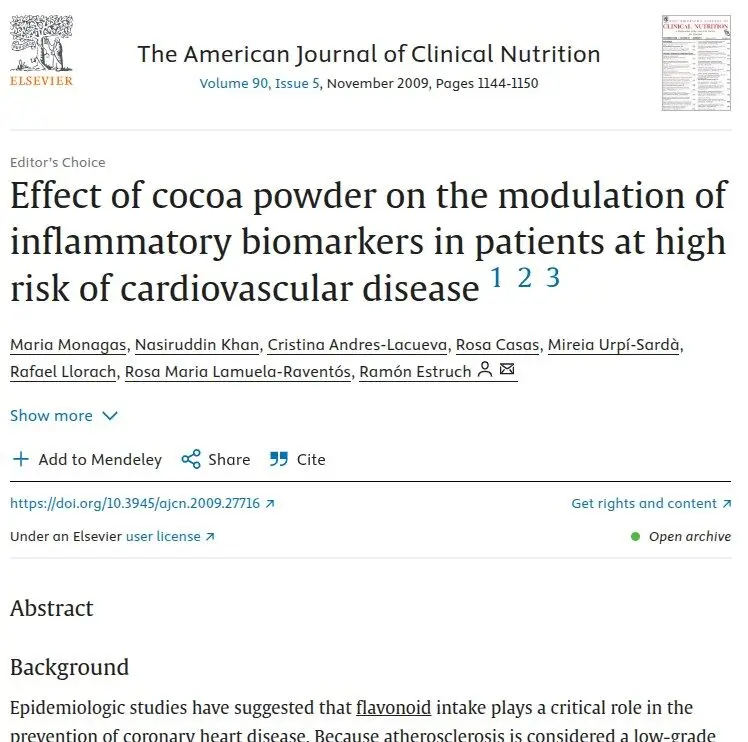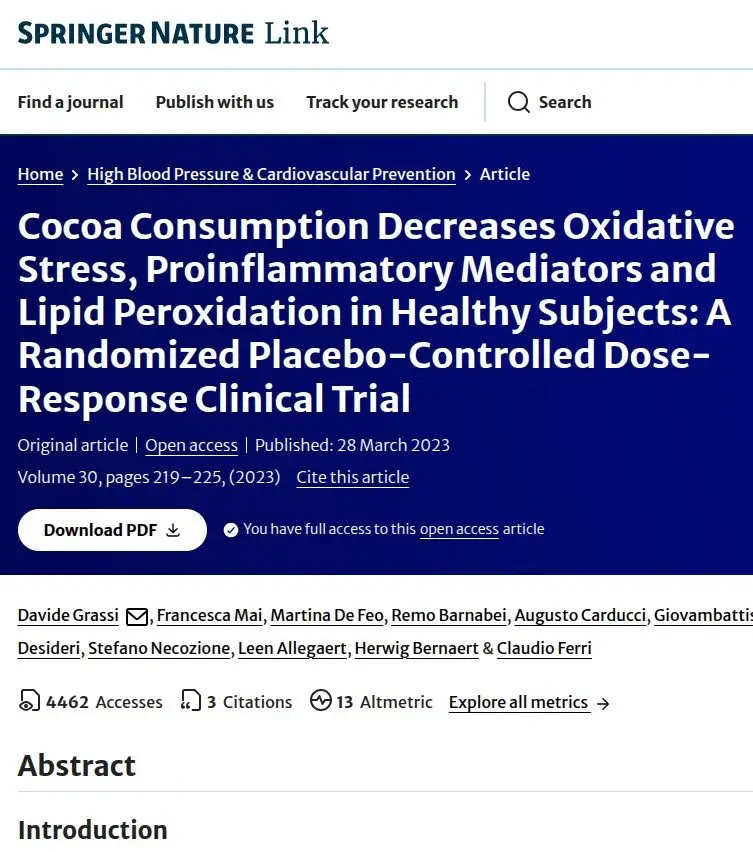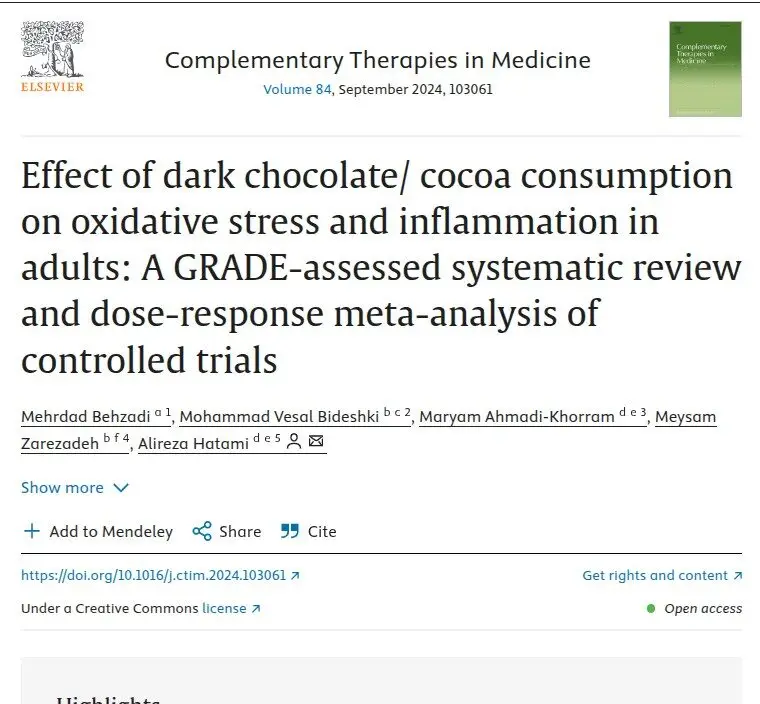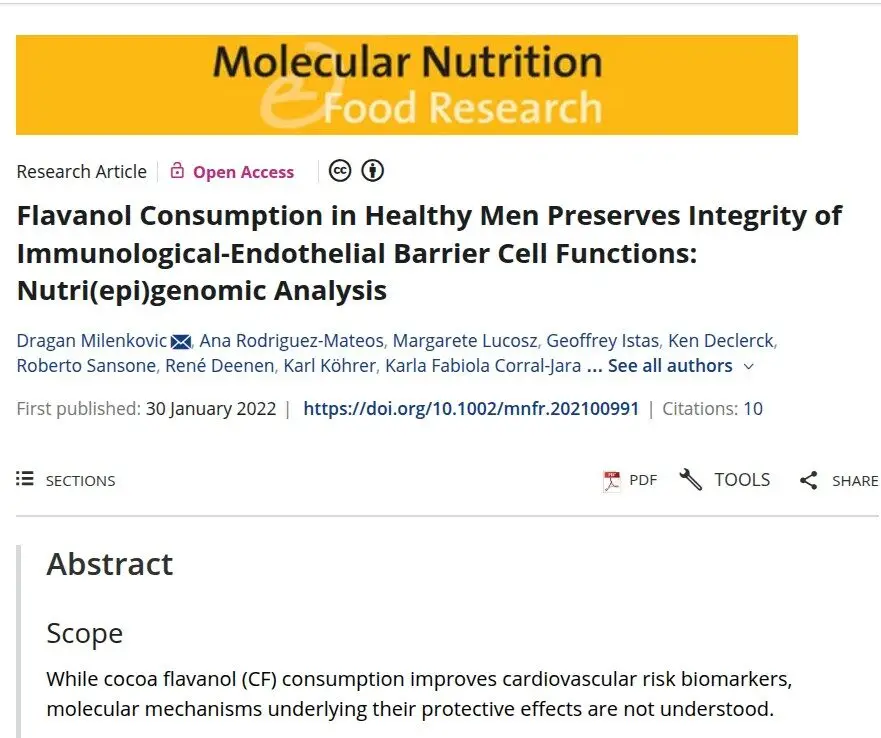In the current study, the expression of VLA-4, CD40, and CD36 on monocyte surfaces was significantly lower after the 4-wk C+M [ 20g cocoa x2 daily] intervention than after the M [skim milk] intervention. Serum concentrations of soluble adhesion molecules were in consonance with the data obtained in the cellular analysis. Soluble P-selectin and ICAM-1 concentrations were significantly lower after C+M intake than after M intake..,nutritional doses of cocoa may have an effect on all initial phas...
The form creates your own page where you can describe your plan and upload details of supplements, functional foods and anything else you like to include
UPDATE an existing plan using the form below this one
ALWAYS ANONYMOUS
UPDATES : Select the name of your plan below (“select post”)
Make any changes you want including uploading new files. These will replace your earlier entries.
In case of any issue just reach out using our contact form




